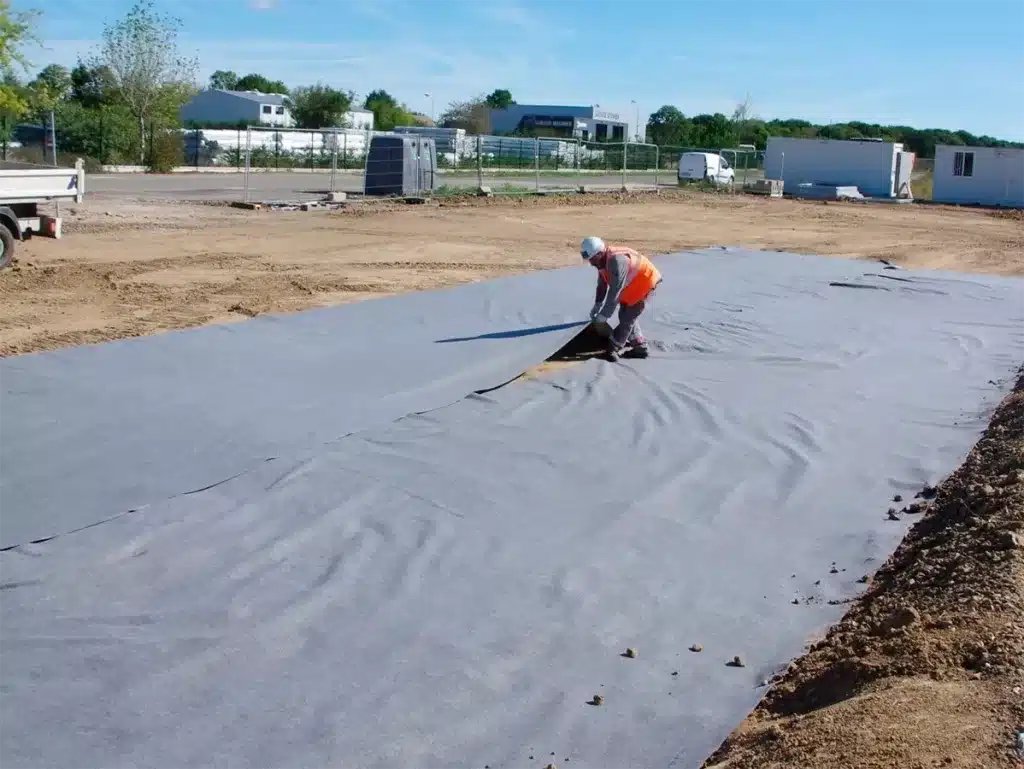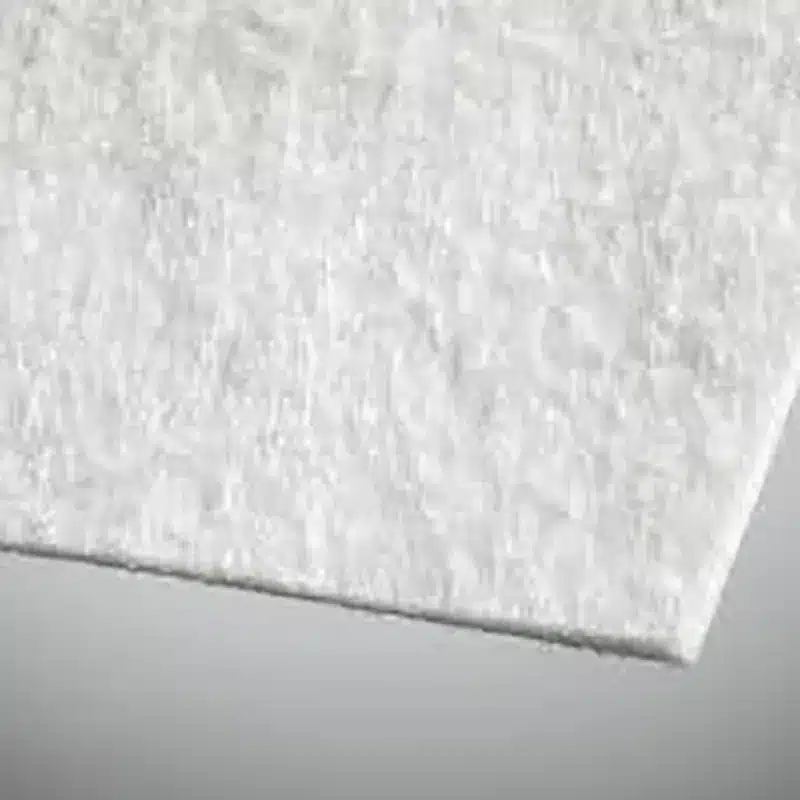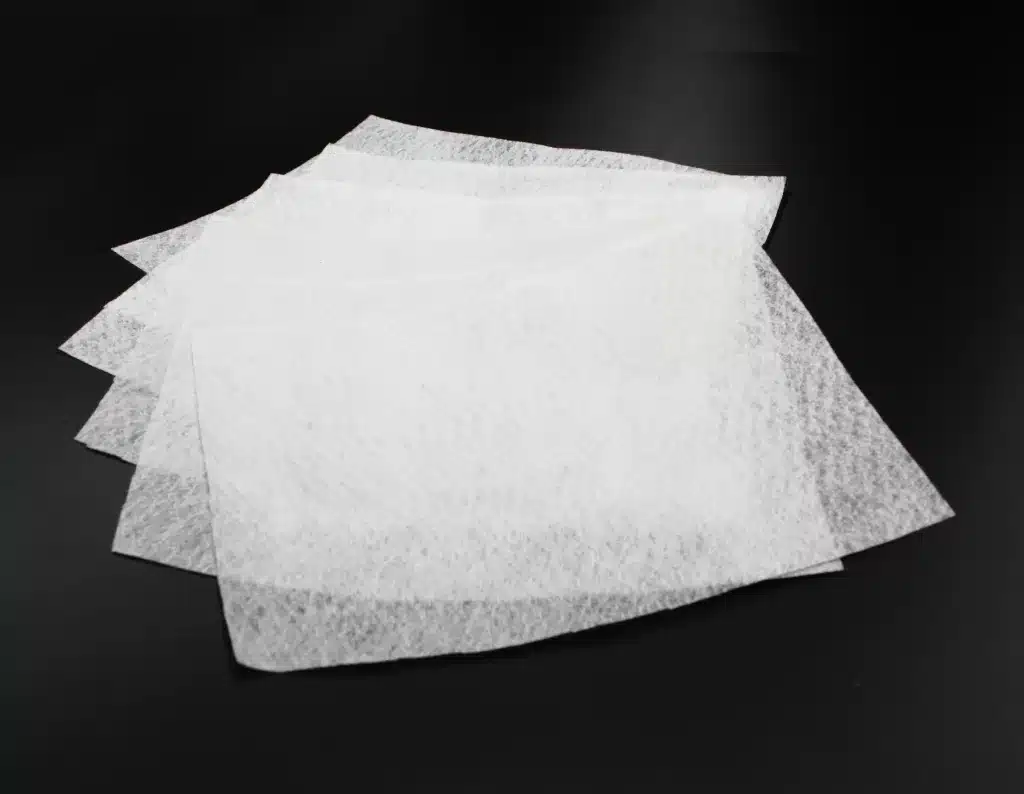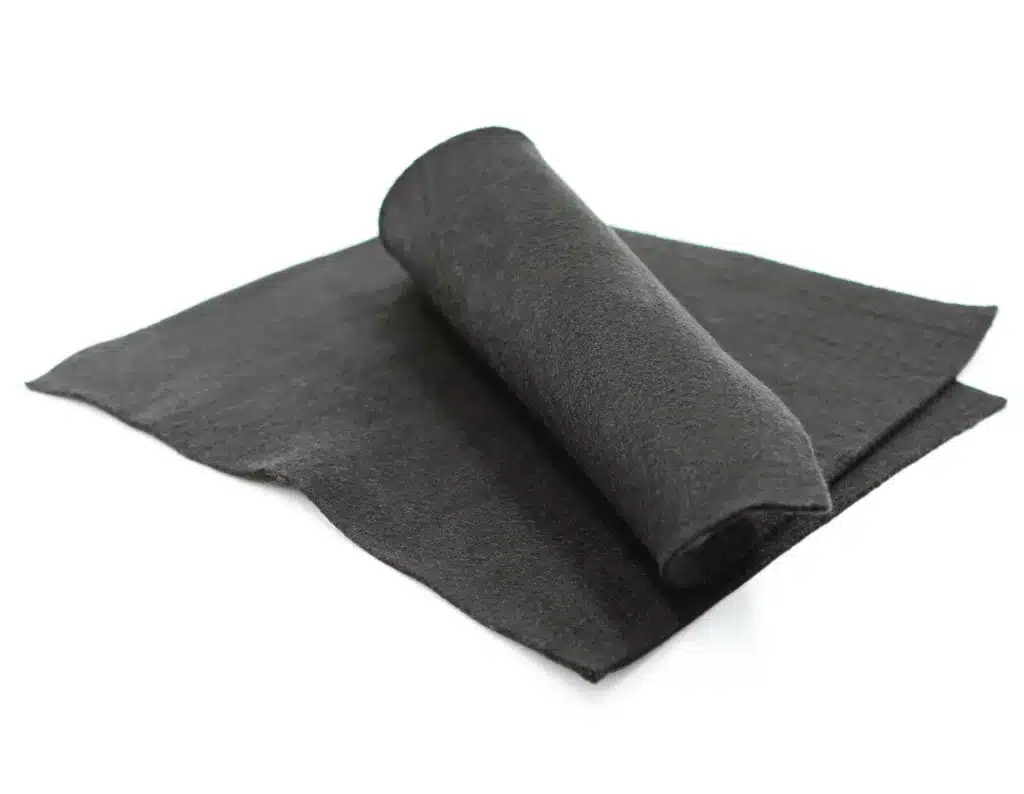Geotextile Cost Analysis: Understanding Pricing Dynamics and Budgeting
Geotextiles are versatile materials used extensively in civil engineering and construction for their ability to enhance soil stability and drainage efficiency. Understanding their cost factors is crucial for project planning and budgeting. This article explores the pricing dynamics of geotextiles, how costs are determined, common applications, and placement considerations.

How much does geotextile cost?
The cost of geotextiles varies widely based on several factors, including material type, weight per unit area (GSM or ounces per square yard), dimensions, and supplier pricing. Generally, non-woven geotextiles are less expensive than woven types. Prices can range from $0.20 to $2.50 per square meter ($0.50 to $5.00 per square foot) for non-woven geotextiles and $0.50 to $3.00 per square meter for woven geotextiles, depending on quality and quantity purchased.
How do you calculate geotextile?
To calculate the amount of geotextile needed for a project, follow these steps:
- Determine Area: Measure the area where the geotextile will be placed.
- Select Geotextile Type: Choose between woven or non-woven based on project needs.
- Calculate Quantity: Multiply the area (in square meters) by the required weight per unit area (GSM, where G = (L x h50)) to find the total square meters of geotextile needed.
- Consider Overlap: Add extra for overlaps and adjustments during installation.
What are the 3 main uses of a geotextile?
To calculate the amount of geotextile needed for a project, follow these steps:
Geotextiles serve several key purposes in construction, including draining water, separating different soil from each other, and reinforcing soil:
- Separation: Prevent mixing of different soil types or materials, enhancing stability.
- Filtration: Allow water to pass while retaining soil particles, improving drainage.
- Reinforcement: Strengthen soil, particularly in areas prone to erosion or structural stress.
Where is geotextile placed?
Geotextiles are placed in various locations:
- Road Construction: Under roads to separate soil layers and improve stability.
- Landfills: Used in liner systems to contain waste and prevent environmental contamination.
- Erosion Control: Along slopes, embankments, and beneath riprap to prevent soil erosion.
Geotextiles play a crucial role in modern construction and engineering projects, offering cost-effective solutions for soil stabilization and drainage management. Understanding their pricing factors, calculation methods, common uses, and placement considerations is essential for maximizing their benefits in construction endeavors. By carefully selecting the right type and quantity, contractors and engineers can optimize project efficiency and longevity.



Comments
Post a Comment